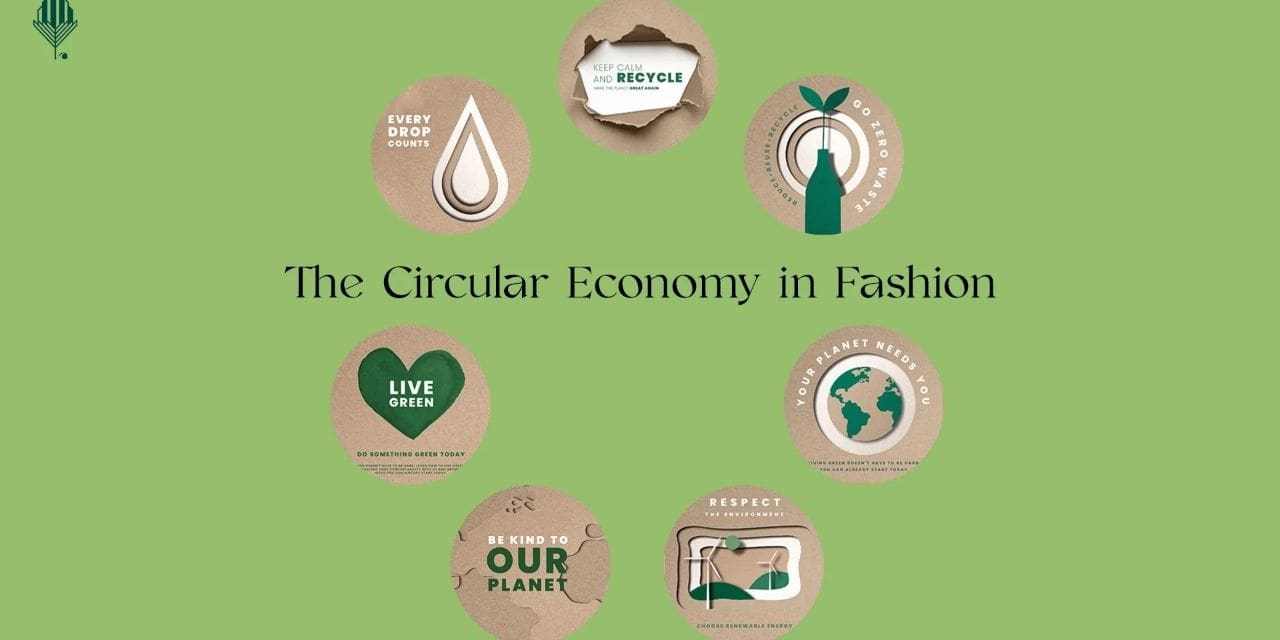Nowadays sustainable fashion has become a new trend. And if you are someone who loves fashion and at the same time is passionate about protecting the environment, this blog is for you. The fashion calendar used to have two cycles: spring/summer and fall/winter, but the fast fashion allows for more than 50 micro-periods to be counted. This means that every week there is a new item in the market that we can buy. But think! Do we really need this much clothing?
No right. But what we can do in that situation is to use these 7 Rs of sustainable fashion in your lifestyle and make the economy a better place to live. Global fashion consumption increased by 60% between 2000 and 2014, but consumer clothing ownership has decreased by 50%. Since the 3Rs – reduce, reuse and recycle – have been part of school curricula for over three decades, it’s easy for most people to list them, but since the world’s fashion collection problem is so serious, it’s time to do more R-I. – Review, reuse, edit and rent!
7 R’s for Sustainable Fashion
The 7 Rs for Sustainable Fashion are a set of principles to promote fashion with sustainability. Basically, it means a healthy lifestyle in which you are not spending each and every day for a new dress. These 7 R’s of sustainable fashion are discussed below.
-
Reduce:
The main idea of this list is to buy less. As a result, our clothes are less crowded means more space in your closet. The most crucial thing is to significantly reduce our fashion consumption. Try purchasing for VALUE rather than COST. Investment pieces that may be worn throughout the seasons for many years have a lower cost per wear than fast fashion! Fast fashion is more expensive per wear than investment clothing that can be worn time and time again for years.
-
Reuse:
Become a proud Outfit Repeater! Use your imagination to wear an item 30 or more times. Follow the #30wears hashtag on social media to locate others who are working for the same goal. Repeating your clothes for more than 2 times is a great way to reduce textile waste. Selling and donating to thrift stores benefits those in need and reduces waste. In addition, some brands have a return policy. But before recycling or donating, try giving it a new lease of life by recycling or giving it to a friend.
-
Recycling:
When most of us think of recycling, we think of plastic bottles, coffee cups, cardboard, etc. Clothes are often thrown in the trash because they cannot be recycled. 60% of clothing ends up in landfills within one year of purchase. Additionally, synthetic fibres and some natural fibres take hundreds of years to break down.
World Earth Day on the 22nd of April is celebrated to show commitment towards environmental protection. Global fashion brands are making efforts to add sustainable practices in every step of their manufacturing processes by making clothing recyclable, sourcing organic raw materials, including bio-compatible dyes, reducing water usage, etc.
Environmentally conscious textile brands are innovating and introducing recycled sewing thread, for instance, recycled polyester thread to make a difference in the textile industry.
Most clothing is recyclable, which is good news. Even torn clothes can be donated along with clean, dry clothes, shoes and accessories in your area. There are many return programs in many stores.
-
Research:
Before you buy, take the time to research and compare the brands’ manufacturing standards. Many companies post this information on their websites, but if you read carefully, you will see if it is true or just brainwashing. Check that the websites show the correct factory, follow valid standards and pay workers fairly. Read the labels for durability and repair. Many companies are doing great things when it comes to product awareness.
-
Repurpose:
Use your old clothes in creative ways. Make cool and interesting designs on them and wear the same at different events. In the age of Pinterest, there are numerous inventive uses for the old website. Used or torn leather can be transformed into clutches, bags, and synthetic leather. You can use knit t-shirts to produce bedding, pillows, jewellery, and even weaved rugs! Wool dryer balls can be created by blending leftover wool from old sweaters with new wool wool. Also, seek for companies that sell recycled clothes. These can be obtained in person at craft shows and marketplaces. When shopping for outdoor gear, check for used products at thrift stores at a lower price. This program is led by Innovation Workshop, which is one of the top companies.
-
Repair:
Always try to repair your clothes and shoes before throwing them out. Speed seems to be a big factor in this situation. A lot of people say they don’t fix it because the parts are so cheap they can’t afford it because of the poor construction. That’s a good reason to choose better clothes. Make friends with local shoemakers and cobblers, or learn how to repair yourself. Clean up your sewing machine, sign up for a course and start experimenting.
-
Rentals:
Why buy if you can rent? Renting clothes, especially for special occasions, is an excellent way to enjoy diversity while minimising environmental impact. Recently, there has been a lot of talk about rental companies and fashion libraries across North America and Europe. This idea is not unlike other modern rentals such as houses and cars but a lot more different and unique to make the environment more sustainable.
Conclusion
When we started using these 7 R’s and making better choices about what we buy and what we wear, things started to change. It may be difficult at first, but once you start using these “R’s” you will begin to see the benefits of your decisions and the connection to the bigger picture. It’s amazing to know that choices, no matter how small, can have an impact.

